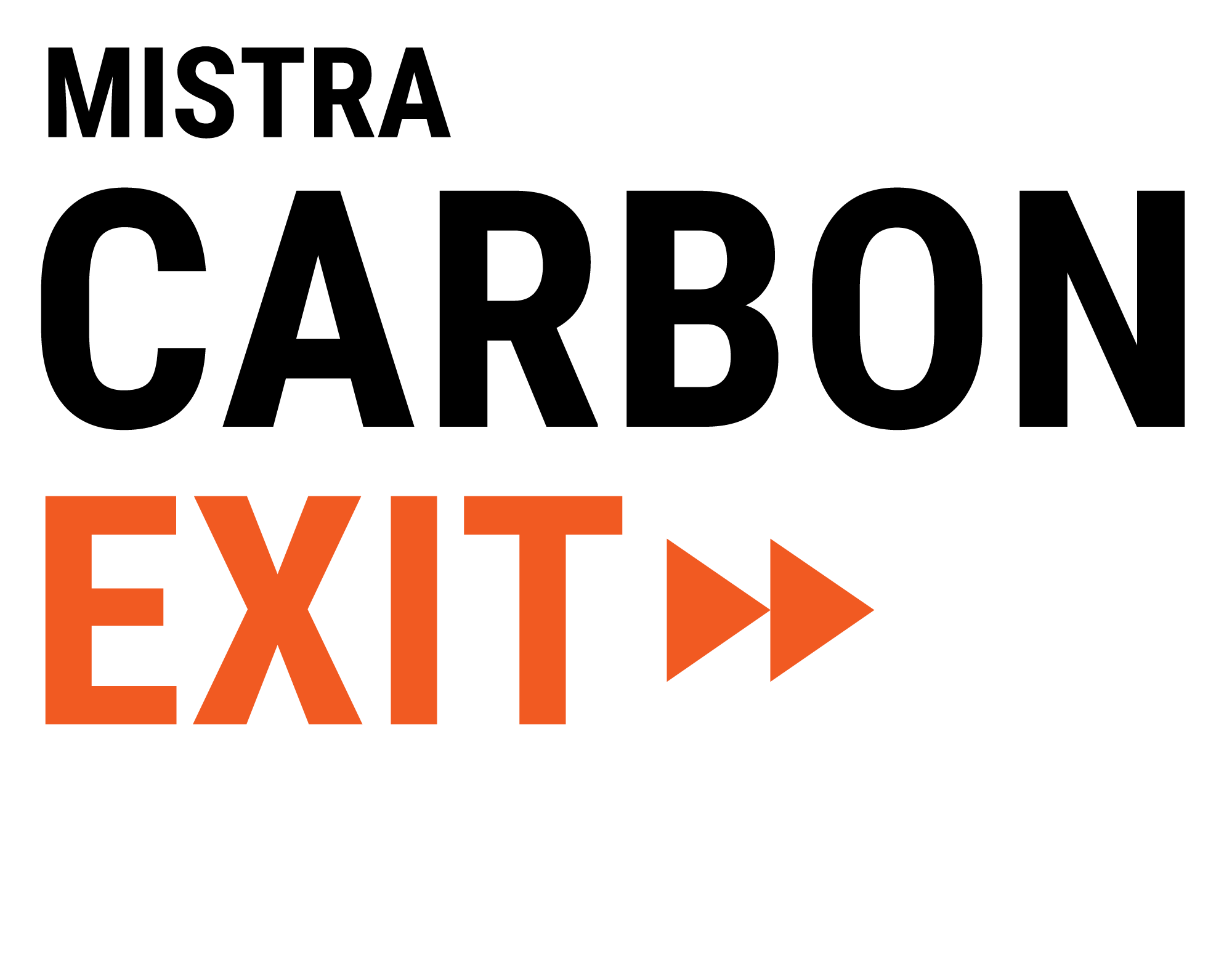The unavoidable industrial transformation challenge
This text by Mistra Carbon Exit research fellow Milan Elkerbout, CEPS, was first published in the Mistra Carbon Exit annual report 2017 - to read the full annual report please click here.
Milan Elkerbout, Research Fellow, Centre for European Policy Studies (CEPS), Brussels
The value chains that are in focus in the Mistra Carbon Exit case studies all include energyintensive material producers playing a pivotal role. For buildings and transport infrastructure alike, cement and steel production are essential materials, but also have some of the most energy- and emissions intensive production processes of any sector in the economy.
While material substitution may, more generally, play an important role in transitioning to a carbon neutral economy it is difficult all the same for now, to imagine a world where such materials are not in high demand. As such, the steel and cement sectors require transformational new technologies that will enable them to produce at radically lower levels of emissions: technological improvement that go beyond efficiency improvements.
CCS and (green) hydrogen are likely to play an important role here; even if both technology groups come with enormous production and infrastructure challenges of their own. It will also require a different policy mix. Carbon pricing through the EU ETS has so far been the main climate policy instrument for energy-intensive industry, but a carbon price on its own does not usher transformational new technology and infrastructure into being.
Nevertheless, creating a market for low/zero carbon materials is an essential step if industry is to invest in, and adopt the requisite future production processes.
Milan Elkerbout, Research Fellow, Centre for European Policy Studies (CEPS), Brussels


